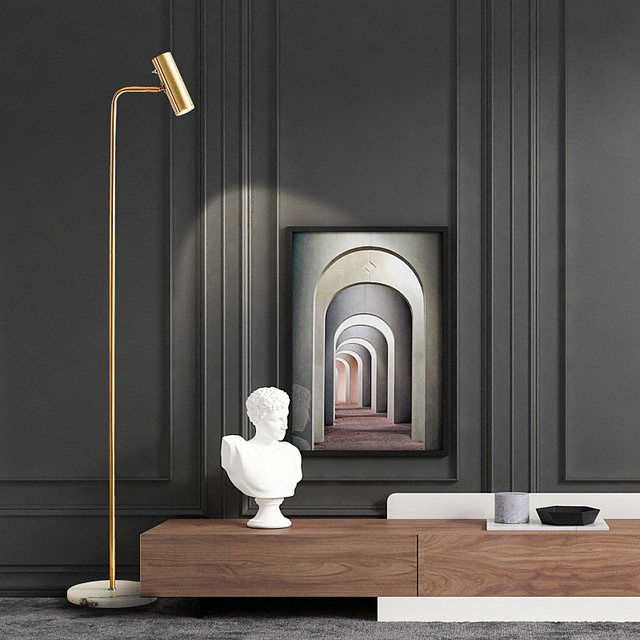Home Decoration Ideas Blog, Wall Art Decor
12 Tips to Arrange Wall Art you should know
No home is complete without a piece of art—or many! While mustering up the courage to hang things on those blank walls may feel a bit daunting, you’ll thank yourself when you finally get that gallery wall up and can admire your favorite photos and paintings each and every day. Before you get started, though, keep the following tips in mind. We spoke with designers to gather plenty of do’s and don’ts to consider when it comes to displaying artwork.

12 Tips to Arrange Wall Art

1. Don’t Rush
Take your time planning out your desired arrangement. “It can be hard to visualize how a combination of art will look on the wall, so it helps to sketch out your plan on graph paper or use a computer program to lay out your art,” designer Adrienne Robideaux says. “Rearrange the pieces on your floor until you love how it looks, then cut out paper the size of each piece of art and hang those onto the wall. This will help you visualize the final result and provide an easy way to measure when you start hanging!”

2. Compile the Necessary Equipment
Grab the right equipment—a hammer and nails alone may not cut it. “Two handy tools for hanging art are an electric level and stud finder for heavier pieces,” designer Daniella Hoffer notes. Additionally, she advises, “Make sure you are using the correct mounting hardware and don’t overdo it with heavy duty Sheetrock nails if it’s not necessary—you will end up with bigger holes which could be visible.”
3. Measure, Measure, Measure
Space everything out properly. “Allow for at least four inches between frames; any closer and the art pieces can look overcrowded,” designer Stephanie Lindsey notes. “And when pieces are really close, every little imperfection stands out, so it makes it essential to hang everything perfectly level.”
4. Don’t Be Basic
Think outside the box a bit when it comes to creating a display. “Blending art and artifacts along a wall, even turning the corner, provides a sense of movement throughout the space,” designer Lucinda Loya shares. “These unique placements and groupings help capture a client’s personality while adding another element to the art’s beauty that can elevate any space.”

5. Let Your Favorite Pieces Shine
Go ahead and play favorites. “When arranging wall art, I find it’s always important to start with your favorite piece and build out from there,” designer Lauren Thorup says. “Pay attention to scale and proportion and what you want your eye to see first.”
6. Use a Variety of Frame Styles
Vary your frame styles. “Don’t be afraid to mix and match frames,” Thorup adds. “Most homes have a variety of finishes, so I always encourage people to hang what they love and not worry about the rest. It all comes together in the end!”

7. Don’t Skimp on Size
Don’t skimp on art size. “I aim for at least 50 percent of the width of whatever is below the piece of art, but in my opinion bigger is almost always better when it comes to art,” designer Lee Harmon Waters explains. “If a work of art is wider than the item, say a sofa, below it, that’s totally cool. Just layer some other objects on either side of the sofa to balance the width—maybe some end tables or a pedestal with a plant or sculpture.”

8. Don’t Break the Bank
There’s no need to spend beyond your means to create a designer-worthy setup. “If you cannot find large pieces that you love or can afford, grouping pieces together, even when they don’t match, creates a mass of artwork that can also read as one solid focal point,” Waters says.

9. Consider Lighting
Don’t forget about lighting in relation to the artwork you choose. “Think about highlighting the wall art with a picture light or some sconces,” designer Brenna Morgan says. “Make sure any larger ceiling fixture in the room does not obstruct the line of sight to the pictures.”

10. Hang Art Throughout the Home
Don’t forget about less obvious rooms when hanging up frames. “I love arranging art in unusual places,” Waters notes. “One of my favorite pieces in my house sits between the toilet tank and a wall cabinet in my en-suite bathroom.” Even a space that only you will see is fair game. “Some fun forgotten places are in a walk-in closet and laundry room,” Hoffer adds. “Why shouldn’t these places be just as beautiful and add a smile to your day?”

11. Don’t Go Overboard
Be judicious when it comes to art displays in your home. “When you’re choosing art for a room, it’s a good idea to let one wall take center stage and let the rest of the art in the room play a supporting role,” designer Stephanie Purzycki explains. “So, if you have a large, colorful statement piece above the sofa, you wouldn’t want to do a huge gallery wall on the opposite side of the room since they’d compete for attention.”

12. Think About Your Wall Color
Don’t forget about wall color. “Wall color is incredibly important in establishing a clean backdrop for a statement art piece,” designer Kristin Bartone notes. “Selecting a clean neutral color—it doesn’t have to be chalk white—that doesn’t have undertones will let the art be the focus.”





